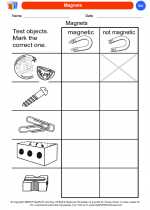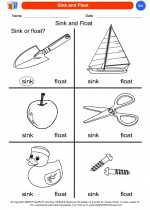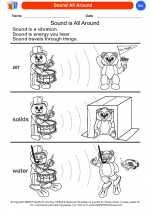The Skeletal System
The skeletal system is the framework of bones and cartilage that provides shape and support to the body. It also protects vital organs and allows movement through its interactions with muscles. The skeletal system is made up of 206 bones in the adult human body, each with a specific function and purpose.
Functions of the Skeletal System
- Support: The skeletal system provides a framework for the body, supporting muscles and tissues.
- Protection: The bones of the skeletal system protect internal organs such as the brain, heart, and lungs.
- Movement: Bones, in conjunction with muscles, facilitate movement and locomotion.
- Storage: The skeletal system stores essential minerals such as calcium and phosphorus.
- Production of blood cells: The bone marrow within the bones produces red and white blood cells and platelets.
Main Components of the Skeletal System
The skeletal system is composed of several main components:
- Bones: The hard, rigid organs that make up the skeletal system.
- Joints: The connections between bones that allow for movement and flexibility.
- Cartilage: A flexible, rubbery substance that covers the ends of bones and acts as a cushion.
- Ligaments: Tough bands of tissue that connect bones to other bones at joints.
Study Guide
When studying the skeletal system, it's important to focus on the following key areas:
- Identifying and naming the major bones in the human body.
- Understanding the functions of the skeletal system and how it supports the body.
- Exploring the different types of joints and their roles in movement.
- Learning about the role of minerals such as calcium and phosphorus in bone health.
- Understanding the process of bone formation and bone remodeling.
By mastering these concepts, you will develop a solid understanding of the skeletal system and its importance in the human body.
[Skeletal System] Related Worksheets and Study Guides:
.◂Science Worksheets and Study Guides Kindergarten. Pushing, Moving, Pulling
Coloring Worksheet How heavy
How heavy  Coloring Worksheet
Coloring Worksheet How heavy
How heavy  Coloring Worksheet
Coloring Worksheet How Things Move
How Things Move  Coloring Worksheet
Coloring Worksheet How Things Move
How Things Move  Coloring Worksheet
Coloring Worksheet Light and Heat
Light and Heat  Coloring Worksheet
Coloring Worksheet Light and Heat
Light and Heat  Coloring Worksheet
Coloring Worksheet Magnets
Magnets  Coloring Worksheet
Coloring Worksheet Magnets
Magnets  Coloring Worksheet
Coloring Worksheet Pushing and Pulling
Pushing and Pulling  Coloring Worksheet
Coloring Worksheet Pushing and Pulling
Pushing and Pulling  Coloring Worksheet
Coloring Worksheet Simple Machines
Simple Machines  Coloring Worksheet
Coloring Worksheet Simple Machines
Simple Machines  Coloring Worksheet
Coloring Worksheet Sink and Float
Sink and Float  Coloring Worksheet
Coloring Worksheet Sink and Float
Sink and Float  Coloring Worksheet
Coloring Worksheet Sound All Around
Sound All Around  Coloring Worksheet
Coloring Worksheet Sound All Around
Sound All Around  Coloring Worksheet
Coloring Worksheet Up and Down
Up and Down  Coloring Worksheet
Coloring Worksheet Up and Down
Up and Down  Coloring Worksheet
Coloring Worksheet Wheels
Wheels  Coloring Worksheet
Coloring Worksheet Wheels
Wheels 

 Coloring Worksheet
Coloring Worksheet
 Coloring Worksheet
Coloring Worksheet
 Coloring Worksheet
Coloring Worksheet
 Coloring Worksheet
Coloring Worksheet
 Coloring Worksheet
Coloring Worksheet
 Coloring Worksheet
Coloring Worksheet
 Coloring Worksheet
Coloring Worksheet
 Coloring Worksheet
Coloring Worksheet
 Coloring Worksheet
Coloring Worksheet
 Coloring Worksheet
Coloring Worksheet
 Coloring Worksheet
Coloring Worksheet
 Coloring Worksheet
Coloring Worksheet
 Coloring Worksheet
Coloring Worksheet
 Coloring Worksheet
Coloring Worksheet
 Coloring Worksheet
Coloring Worksheet
 Coloring Worksheet
Coloring Worksheet
 Coloring Worksheet
Coloring Worksheet
 Coloring Worksheet
Coloring Worksheet
 Coloring Worksheet
Coloring Worksheet
